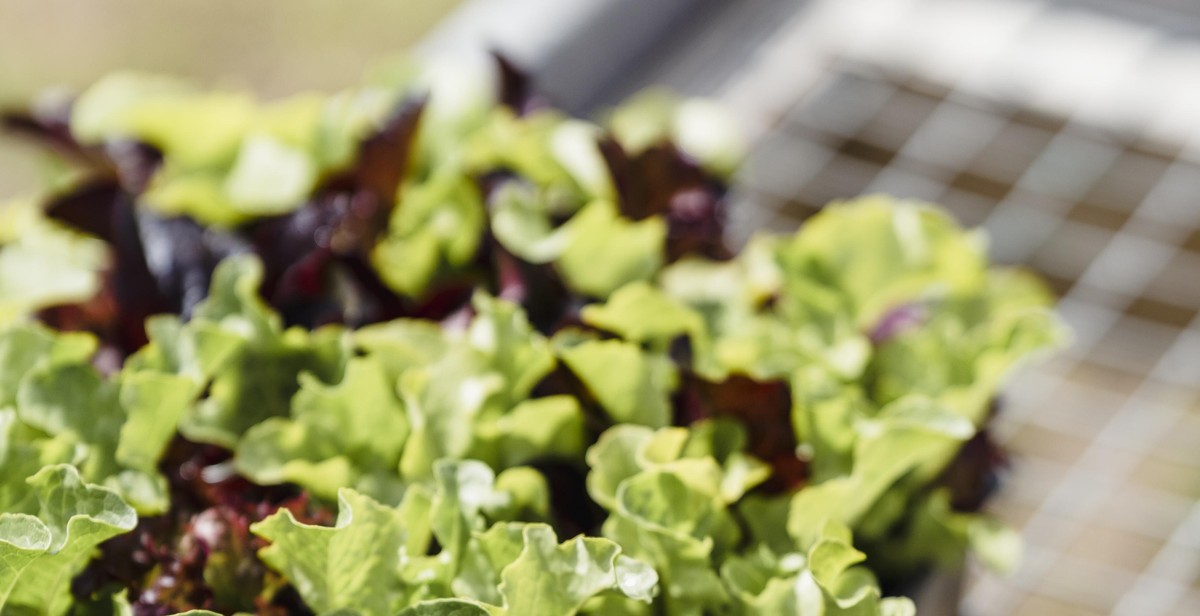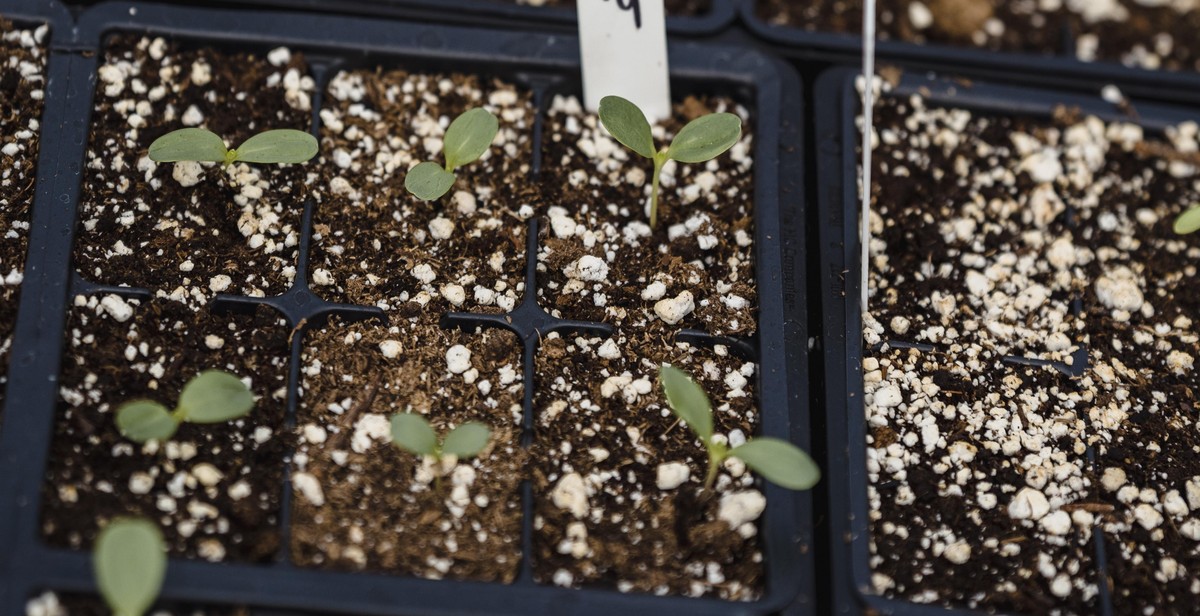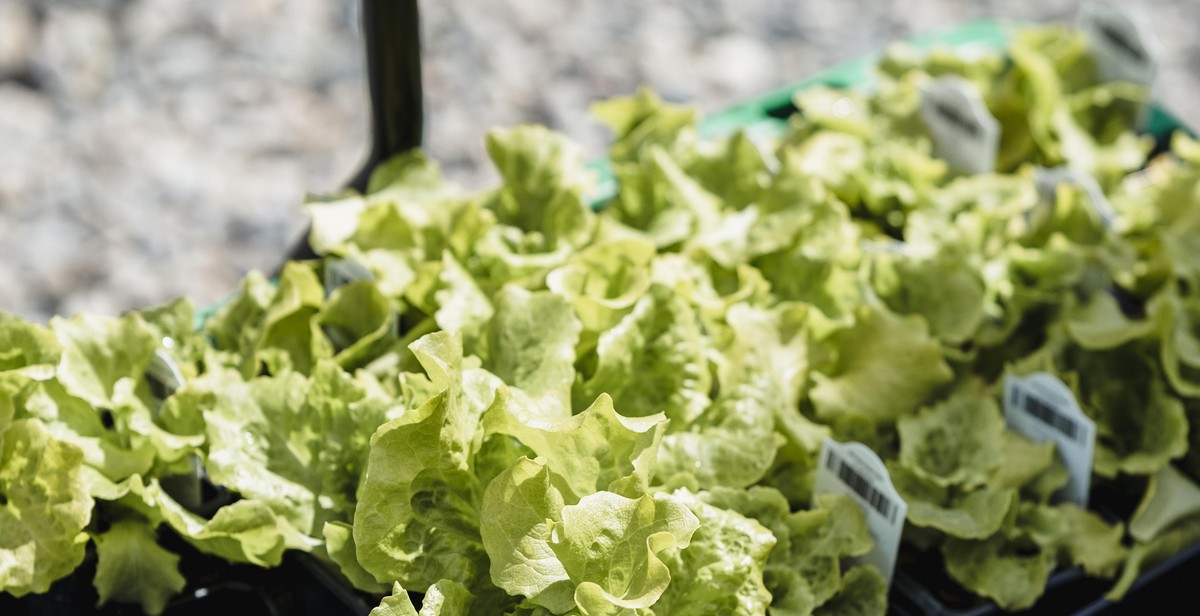How to Grow Your Own Fresh Salad Greens in a Vertical Garden
If you are a salad lover, you know how expensive it can be to buy fresh salad greens from the grocery store. But what if you could grow your own salad greens right at home? Not only would it save you money, but you would also have access to fresh, organic greens that are free from harmful pesticides and chemicals.
Why Grow Your Own Salad Greens?
Growing your own salad greens has many benefits. First and foremost, it allows you to have access to fresh and organic greens that are free from harmful chemicals and pesticides. Additionally, it is a cost-effective way to enjoy your favorite greens year-round. You can also customize your salad mix to include your favorite greens and herbs, and you can harvest them at the peak of freshness.
Benefits of Vertical Gardening for Salad Greens
Vertical gardening is an excellent way to grow salad greens if you have limited space. It involves growing plants vertically, either on a wall or in a tower, rather than horizontally in a traditional garden bed. This method of gardening is perfect for those who live in apartments or have small yards. It also allows you to grow more plants in a smaller area, which means you can have a bigger harvest.
Vertical gardening is also beneficial because it allows for better air circulation and drainage, which can prevent disease and pests from damaging your plants. It also makes it easier to harvest your greens, as they are at eye level and within reach.

Choosing the Right Greens for Your Vertical Garden
Growing your own salad greens in a vertical garden can be a great way to ensure that you always have fresh, healthy greens on hand. However, it’s important to choose the right greens to grow vertically to ensure that they thrive in this type of environment. Here are some of the best salad greens to grow vertically and factors to consider when choosing greens for your vertical garden:
Best Salad Greens to Grow Vertically
Some of the best salad greens to grow vertically include:
- Lettuce
- Spinach
- Kale
- Arugula
- Swiss chard
- Mizuna
- Endive
- Radish greens
These greens tend to have shallow root systems, making them well-suited for growing in a vertical garden. They also have a relatively short growing season, meaning that you can enjoy fresh greens throughout the year by planting new batches regularly.
Factors to Consider When Choosing Greens
When choosing greens for your vertical garden, there are several factors to consider:
| Factor | Considerations |
|---|---|
| Light requirements | Choose greens that match the amount of sunlight your vertical garden receives. |
| Growth rate | Choose greens that grow quickly and have a short harvest time. |
| Size | Choose greens that don’t grow too large to ensure they fit in your vertical garden. |
| Taste | Choose greens that you enjoy eating to ensure that you’ll use them once they’re ready to harvest. |
How to Plant Your Greens in a Vertical Garden
Once you’ve chosen the right greens for your vertical garden, it’s time to plant them. Here are some tips to help you get started:
- Start by filling your vertical garden with a high-quality potting mix that’s rich in nutrients.
- Plant your greens close together to maximize space.
- Water your greens regularly, but be careful not to overwater them as this can lead to root rot.
- Fertilize your greens regularly to ensure they have the nutrients they need to thrive.
- Harvest your greens regularly to encourage new growth and to ensure that they don’t become too large for your vertical garden.
By choosing the right greens and following these tips for planting and caring for them, you can enjoy fresh, healthy salad greens from your vertical garden all year round.

Caring for Your Vertical Garden Salad Greens
Vertical gardens are a great way to grow fresh salad greens without taking up too much space. However, caring for your vertical garden is important to ensure that your salad greens are healthy and productive. Here are some tips to help you care for your vertical garden salad greens:
Watering Your Vertical Garden
Watering is one of the most important things you need to do to care for your vertical garden salad greens. Make sure that your garden is getting enough water, but not too much. Overwatering can lead to root rot and other problems. You can use a drip irrigation system or hand-water your garden.
Check the soil moisture level regularly. The soil should be moist but not soaking wet. If the soil feels dry to the touch, it’s time to water your garden. In hot weather, you may need to water your garden more frequently.
Fertilizing Your Salad Greens
Vertical garden salad greens need a good source of nutrients to grow healthy and strong. Use a balanced fertilizer that contains nitrogen, phosphorus, and potassium. You can use a liquid or granular fertilizer.
Apply the fertilizer according to the manufacturer’s instructions. Be careful not to over-fertilize your garden, as this can lead to nutrient burn and other problems. You can also use organic fertilizers, such as compost or worm castings, to feed your garden.
Pruning and Harvesting Your Greens
Pruning and harvesting your salad greens is important to keep your garden healthy and productive. Regular pruning helps to promote new growth and prevent the plants from becoming too leggy.
Harvest your salad greens when they are young and tender. Use a sharp pair of scissors or a knife to cut the leaves off the plant, leaving the stem intact. This will encourage new growth and keep your plants productive.
Regularly remove any yellow or damaged leaves from the plants. This will help to prevent diseases and pests from spreading in your garden.
With proper care, your vertical garden salad greens will provide you with a steady supply of fresh and healthy greens.

Troubleshooting Common Issues with Vertical Garden Salad Greens
While vertical gardens can be a great way to grow fresh salad greens, like any type of gardening, there are common issues that can arise. Here are some troubleshooting tips for the most common issues:
Pests and Diseases
One of the most common issues with growing salad greens in a vertical garden is pests and diseases. To prevent these issues, make sure to keep your garden clean and remove any dead or dying leaves regularly. Additionally, consider using natural pest control methods, like companion planting or using insecticidal soap.
If you do notice pests or diseases, act quickly to prevent them from spreading. Remove any affected leaves or plants and dispose of them properly. Consider using organic fungicides or pesticides if necessary.
Environmental Factors
Environmental factors can also impact the growth of your salad greens. Make sure your vertical garden is getting enough sunlight, as too little can cause slow growth or even death of your plants. Additionally, make sure the temperature and humidity levels are appropriate for the type of greens you are growing.
If you notice any issues with your plants, consider adjusting the environmental factors. You may need to move your garden to a sunnier or shadier location, or adjust the temperature or humidity levels in your growing area.
Nutrient Deficiencies
Sometimes, salad greens can experience nutrient deficiencies, which can cause slow growth or yellowing leaves. To prevent this, make sure your plants are getting enough nutrients. Consider using a balanced fertilizer or compost to provide your plants with the necessary nutrients.
If you notice any nutrient deficiencies, adjust your fertilizer or compost application accordingly. You may need to increase the amount or frequency of application to provide your plants with the necessary nutrients.
| Nutrient | Symptoms |
|---|---|
| Nitrogen | Yellowing leaves |
| Phosphorus | Purple or dark leaves |
| Potassium | Brown or scorched leaf edges |
By troubleshooting common issues with your vertical garden salad greens, you can ensure a successful and bountiful harvest.

Conclusion
Growing your own fresh salad greens in a vertical garden is not only a fun and rewarding experience but also an eco-friendly way to eat healthy. With a little effort and some basic knowledge, you can create a beautiful and productive garden in any small space, balcony, or patio.
Tips for Success
- Choose the right plants for your vertical garden
- Use good quality soil and compost
- Water regularly and consistently
- Provide adequate light and ventilation
- Harvest regularly to encourage growth and prevent bolting
Benefits of Vertical Gardening
Vertical gardening offers many benefits, including:
- Saving space
- Reducing water usage
- Minimizing the need for pesticides and herbicides
- Improving air quality
- Providing fresh and healthy produce
Final Thoughts
If you’re looking for a way to grow your own fresh salad greens in a small space, vertical gardening is a great option. With the right tools, techniques, and care, you can enjoy a bountiful harvest of delicious and nutritious greens all year round. So, get started on your own vertical garden today and enjoy the many benefits of growing your own food!
